Ungrateful Europe. What would have happened should we push Hitler back just to our borders
As part of my 70 YEARS OF THE GREAT VICTORY MARATHON, I am posting this excellent translation of a Russian article by our reader and blogger Nemo (Stanislav).
(You can see all posts under category: 70 Years of Great Victory)
Read original at: Stanislavs.org
What would have happened should we push Hitler back just to our borders
On a personal note, I know what would have happened in my life if that’s all Russians did:
I, FOR ONE, WOULD HAVE GROWN UP KNOWING MY GRANDPARENTS!
See my related article:
Happy Victory Day, Fr. Merkel! My Open Postcard to the German Chancellor
Below is a translation from Russian of two historical articles, published in Argumenty i Fakty on the 3rd of April 2015. The main article was written by Georgij Zotov. A subsequent expert opinion is presented by historian Rudolph Pihoj.
On the eve of the 70th anniversary of Victory “AiF” tried to imagine: what would the map of Europe look like, had USSR not given thousands of kilometres of territories as present to those countries that now call us occupiers. And if they would give up these lands now.
Wroclaw – one of the most touristic cities of Poland. Crowds with cameras are everywhere, there’s not a spare spot in the expensive restaurants, taxi drivers ask for ungodly prices. At the entrance to the marketplace there waves a banner saying “Wroclaw – a real Polish charm!”. All seems fine, but as early as in May 1945 Wroclaw was called Breslau and had not belonged to Poland for 600 consecutive(!) years before that. The Victory Day, now referred by Warsaw as “the beginning of the communist tyranny,” added to Poland the German Silesia, Pomerania, as well as 80% of East Prussia. No one mentions this now: in other words that was a tyranny, but we’d still grab that land. “AiF” observer decided to understand, what would the map of Europe look like now, if our former brothers in the East were left without the help of the “occupiers”?

Whole cities as gifts
– In 1945 Poland received the cities of Breslau, Gdansk, Zielona Gora, Legnica, Szczecin, – says Maciej Wisniewski, a Polish freelance journalist. – USSR also gave the territory of Bialystok; with the mediation of Stalin, we acquired a disputed with Czechoslovakia city Kłodzko. Nevertheless, they believe here: the partitioning of Poland by the Molotov – Ribbentrop Pact, when the Soviet Union took the Western Belarus and Western Ukraine, was unfair, but the transfer by Stalin to Poland of Silesia and Pomerania is absolutely fair, you can not dispute this. It is fashionable to say now that Russians did not liberate, but conquered. However, it turns into an interesting kind of occupation, when Poland got for free a quarter of Germany: and on top of it, hundreds of thousands of Soviet soldiers shed their blood for this land. Even the GDR resisted, not wanting to give Szczecin to the Poles – the dispute over the city was finally solved only in 1956, under pressure from the USSR.
Apart from the Poles, the Baltic States express a strong indignation by the “occupation”. Well, it’s worth remembering: the current capital – Vilnius – was also presented to Lithuania by the USSR; by the way, the Lithuanian population of Vilnius was then… barely 1%, with Polish being the majority. USSR returned to the Republic the city of Klaipeda – Prussian Memel, owned by Lithuanians in the 1923-1939, and annexed by the Third Reich. Already back in 1991 the Lithuanian leadership condemned the Molotov-Ribbentrop Pact, but no one returned neither Vilnius to Poland, nor Klaipeda to Germany.
Ukraine, which by the Prime Minister Yatsenyuk’s words, declared itself “a victim of Soviet aggression on a par with German,” is unlikely to give to the Poles its western part with Lviv, Ivano-Frankivsk and Ternopil (these cities were included by the “aggressor” into the UkSSR in 1939), Chernivtsi region to Romania (ceded to the UkSSR on August 2, 1940), and Transcarpathia to Hungary or Slovakia – received on June 29, 1945. Romanian politicians do not stop discussions about the validity of the “annexation” of Moldova by the Soviet Union in 1940. Of course, it’s long forgotten that after the war, it was thanks to Soviets that Romanians got back the province of Transylvania, which Hitler took in favour of Hungary. Bulgaria, by the mediation of Stalin himself, kept South Dobrudja (formerly the possession of that very same Romania), something that was confirmed by the treaty of 1947. But now Romanian and Bulgarian newspapers do not say a single word about it.
They don’t say ‘Thank you’
– After 1991, Czech Republic removed the monuments to the Soviet soldiers, and announced that Victory Day marks the replacement of one dictatorship with another, – says Alexander Zeman, a Czech historian. – However, it was thanks to the insistence of the Soviet Union, that Sudetenland was returned to Czechoslovakia, with the cities of Karlovy Vary and Liberec, where 92% of the population were Germans. Recall that at the Munich Conference of 1938 the Western powers supported the annexation of the Sudetenland by Germany – only the Soviet Union protested. At the same time the Poles grabbed from Czechoslovakia the Cieszyn region and did not want to give it back after the war, insisting on a referendum. Under the pressure of the USSR on Poland, supporting the the Czechoslovak position, a treaty was signed – Tesín returned to the Czechs, secured by the agreement of 1958. No one says ‘Thank you’ to the Soviet Union for this help – apparently the Russians are in debt to us with the very fact of their existence.
In general, we gave away all the lands, not forgetting anyone – and for this they now spit in our faces. In addition, few people know about the pogroms, committed by the new government on “the returned areas” – 14 million Germans were expelled from Pomerania and the Sudetenland. While the residents of Königsberg (which became Soviet Kaliningrad) moved to the GDR over the period of 6 years (until 1951), Poland and Czechoslovakia giving 2-3 months, while many Germans were given only 24 hours to get ready, being allowed to take only a suitcase of things, and forced to walk on foot for hundreds of kilometres. “You know, it’s not worth mentioning it, – they timidly point out to me at City Hall of Szczecin. – Such things spoil our good relations with Germany.” Well, yes, we get poked in the face for every little thing, while it’s a sin to offend the Germans.
What interests me personally in this matter is the question of justice. Things have already reached schizophrenia: when a person in Eastern Europe says that the Soviet victory over the Nazis is the liberation, he is regarded as either a fool or a traitor. Guys, let’s be honest. If the consequences of May 9, 1945 are so bad, illegal and terrible, all the other actions of the USSR are similarly no better. How could the solution by those who brought tyranny into your land be good? Therefore Poland should give Silesia, Pomerania and Prussia back to the Germans, Ukraine should return their western part to the Poles, Chernovtsy to Romanians, Transcarpathia to Hungary, Lithuania should abandon Vilnius and Klaipeda, Romania should give up Transylvania, the Czech Republic – the Sudetenland and Tesin, Bulgaria – Dobrogea. And then everything will be completely honest. But what do we have? They slander us for all it’s worth, accuse us of all mortal sins, but at the same time clutch with a stranglehold onto the Stalin’s “gifts”. Sometimes I feel like imagining: I’m curious what would have happen should USSR push Hitler back exactly to its borders and not look further into Europe after that? What would have now been left of the territories of those countries, that today, before the 70th anniversary of the Victory, are calling their liberation by Soviet troops for “occupation”? The answer is, however, extremely simple – bits and pieces.

(The map of Europe, showing territories changing hands after 1945. Only the insets are translated, leaving to the reader the country and city names as an easy exercise in political geography. The original image can be found in the AiF article.)
How Europe was partitioned after 1945
Expert opinion by historian Rudolph Pihoj
– There is a half-legendary story that during Churchill’s visit to Moscow in 1944, he and Stalin drew the map of postwar partitioning of Europe during a dinner on plain napkin. Eyewitnesses claimed that the “document” contained a series of numbers, which (in percent) reflected the degree of the future influence of the Soviet Union and the West in different regions: Bulgaria and Romania – 90 to 10, Greece – 10 to 90, Yugoslavia – equally …
That napkin was not preserved, but in principle the issue of changing of the borders in Europe was settled by the “big three” – Stalin, Roosevelt and Churchill – during the Tehran and Yalta conferences. USSR adhered to the concept that was developed already back in 1944 by the Deputy People’s Commissar for Foreign Affairs, Ivan Maisky. It implied that the Soviet Union should establish such a configuration of borders, which would ensure the safety of the country for at least 25, and preferably 50 years.
In accordance with the concept developed by Maisky, USSR annexed the former German Memel, which became Lithuanian Klaipeda. The following cities became Soviet: Königsberg (Kaliningrad), Pillai (Baltijsk) and Tilsit (Soviet), which now constitute the Kaliningrad region of Russia. Also, the USSR secured the part of the territory of Finland, that was attached as a result of the “Winter War”. In general, the Soviet policy of those years was characterised by a surprising consistency in addressing regional issues. The only thing that could not be done – seizing the Black Sea straits, although this issue was discussed in Tehran and Yalta. While Port Arthur again, as in the early twentieth century, became an outpost of the country in the Far East, not to mention the southern part of Sakhalin and the Kuril Islands, which Russia lost as a result of the Russian-Japanese war.
Thank you Nemo for the translation! See original here.
Also from Nemo: on 4/26 Russia1 TV will be showing a documentary-interview dedicated to the 15th anniversary of Putin as President. Preview.
Related articles:
Posted on April 20, 2015, in Forbidden History, Geopolitical Trends, Russia, WWII & Great Victory and tagged 70th anniversary of the Great Victory, Baltics, Czechia, Czechoslovakia, Europe, GDR, Germany, Great Patriotic War, Lithuania, Poland, Romania, Russia, Slovakia, UK, Ukraine, ungrateful Europe, USA, USSR, Vilnius, What would Europe look like if Russians never liberated it from Hitler, WWII. Bookmark the permalink. 5 Comments.

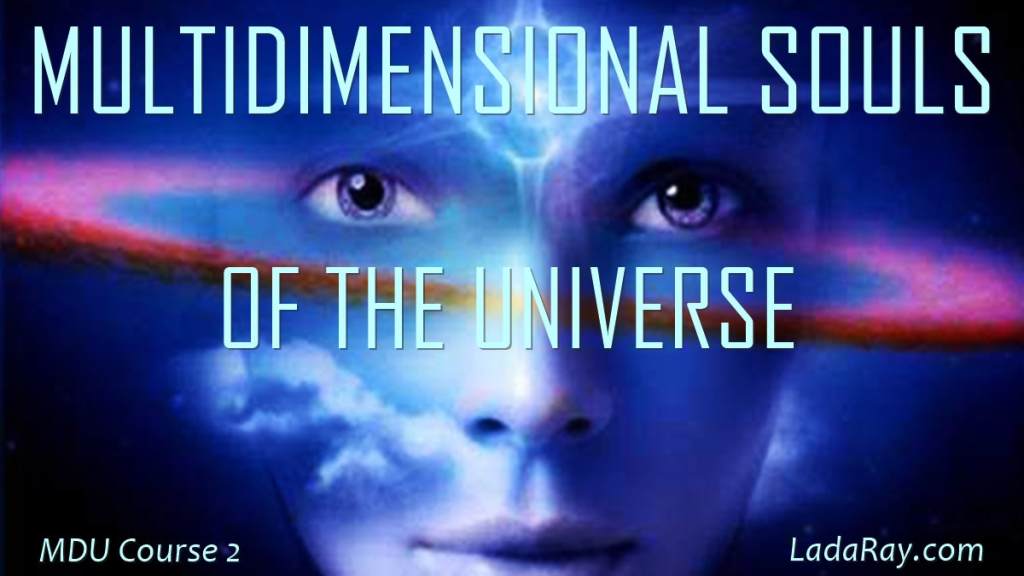




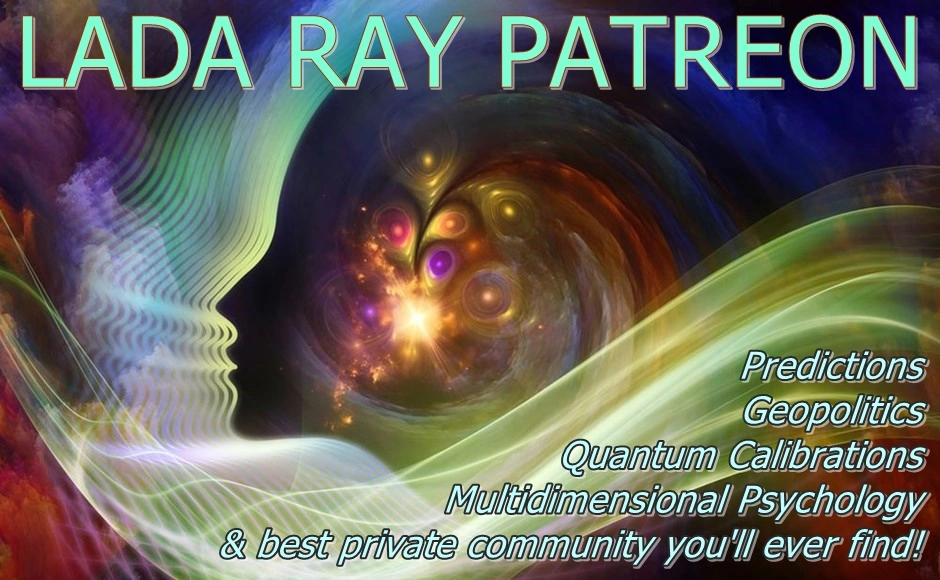


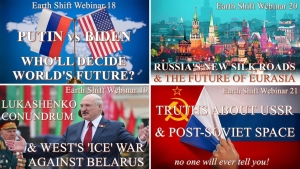








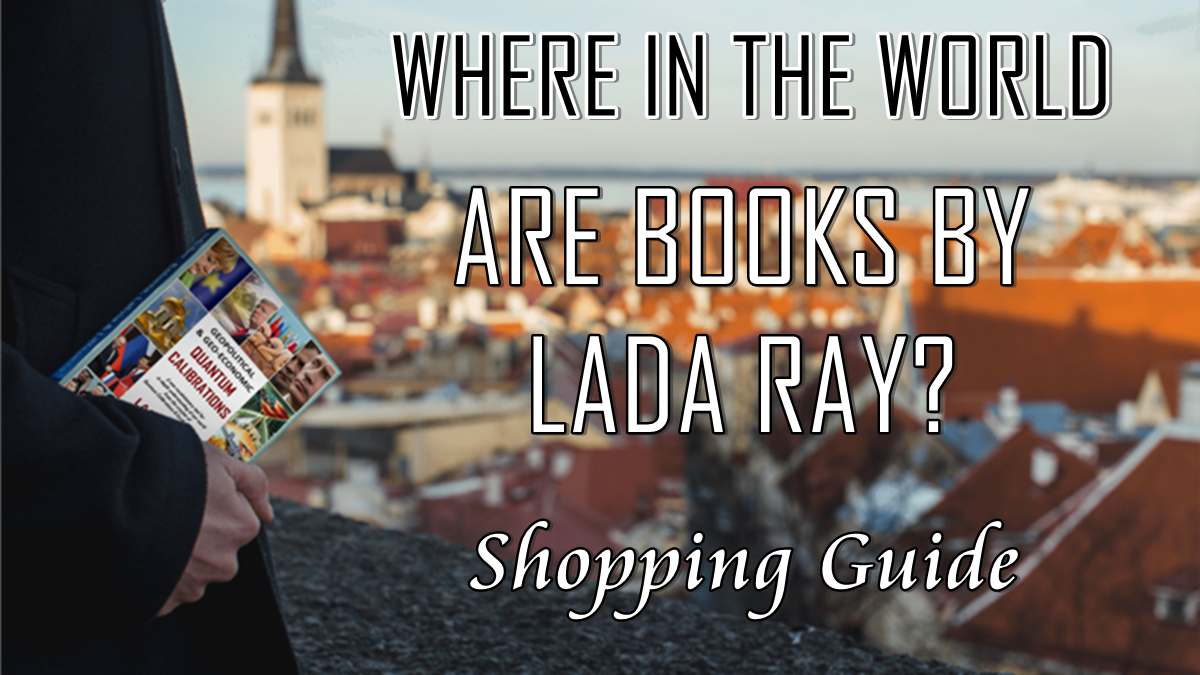
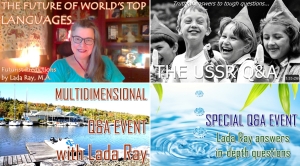




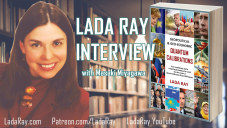


You ask what would have happened if the USSR had stopped at the German borders. The answer is that the West had plans to bomb the USSR into the state Hitler had wanted. So the USSR had no reasonable choice but to go fast and take Berlin, and get troops in a position that would threaten enough of Western Europe that a bombing campaign wouldn’t have been sufficient for the UK and US. The USSR was lucky that it didn’t get destroyed in the late 1940’s. Unfortunately, the USSR didn’t really have the option of leaving most of Eastern Europe due to the aggressive plans of the West.
Some argue that the bombing of Dresden was a practice run for what they thought they would need to do against the USSR. They also took out as many bridges as possible in the area to slow Soviet troops down.
LikeLiked by 1 person
This is true.
LikeLiked by 1 person
Pingback: Not everyone’s asleep in the US: 70 Years of Great Victory Florida-Washington DC Car Rally | Futurist Trendcast
Pingback: Striking WWII Footage and Inspiring Song of the Great Victory | Futurist Trendcast
Pingback: Devastating Tragedy of WWII: Blockade of Leningrad and How Vladimir Putin’s Family Survived It | Futurist Trendcast